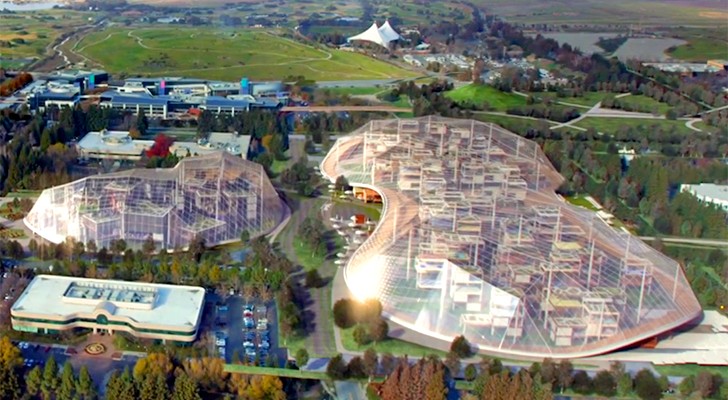Written by Alexa Erickson
In recent years, terms like “eco-friendly” and discussions about how to go green have made their way into news and entertainment talk shows, politics, commercials, fashion, technology, and even product packaging. However, the more it becomes a trending topic, the more of a stigma surrounds it, and the more we may even find ourselves tuning out all the messages’ perpetuity. It’s then that we may forget the true meaning of why it became popular in the first place.
Eco-friendly means earth-friendly. The reason it became, and continues to be, such an important term, is the result of growing evidence that mankind, with all of our incredible intelligence, inventiveness, and activities, is profoundly threatening the health of ourselves and our planet, and accelerating many crises we face at a rapid pace. So being “friendly” is more of a “nice” way of saying we need to wake up, listen, and take action.
When we practice being eco-friendly, we choose to use products and engage in practices that promote green living and aid in the conservation of our planet’s resources such as energy and water. When we form eco-friendly habits, we become conscious of how we use resources. The products we use, for instance, if eco-friendly, can work to prevent contributions to air, water, and land pollution.
As globalization continues, our world becomes more connected, so we are forced to feel the repercussions of how actions in different parts of the globe are linked, impacting the lives of not only people, but plants, animals, and ecosystems. An article on why we should go green from Treehugger.com provided an eloquent example of this synergy, saying, “Toys made in China can affect the quality of life in Europe, pesticides used in Argentina can affect the health of people in the U.S., and greenhouse gas emissions from Australia can affect a diminishing rainforest in Brazil.”
One of the biggest complaints about going green is that the alternative products on the market cost more. People claim that, if being eco-friendly weren’t so expensive, they would change their habits, but they simply can’t afford to take on that type of “lifestyle.” Whether you have ‘plenty’ of money or not, often times, you value what’s in your wallet, and want to spend it wisely. And it’s hard to argue with that idea and say that someone ought to simply starve themselves in order to improve the planet. But is that really how it works?
Pretty much everything we do in our lives impacts the environment in one way or another, but as we’re coming to find out, many of our activities and choices affect it negatively. We can all work to make our routines greener without destroying our bank accounts. But how?
The following infographic explores and dispels the myth that eco-friendly living is more expensive by comparing a green lifestyle to a more traditional one. Take a look, and perhaps reevaluate your viewpoint on how going green can fit into your world.

Source: Grow the Planet
If you ever hear that little voice inside your head telling you that being green is much too expensive, or overhear a friend complaining about it, just pull up this infographic and reset your eco-thoughts.
Originally posted @ Collective Evolution









